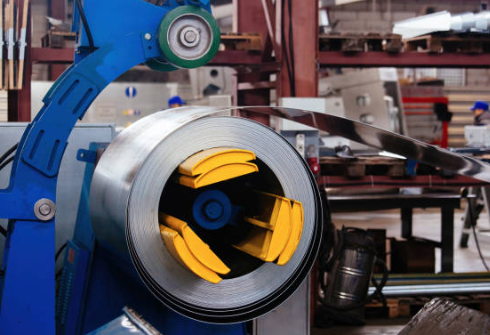
Posted on Thursday, September 26, 2024
Roll forming machines are vital tools in fabricating metal components efficiently. However, the thickness of the metal coils used in these machines plays a significant role in determining wear and tear on critical machine components.
When processing thicker metal coils, several key components of a roll forming machine, such as the rollers, shafts, bearings, and motors, are subject to increased stress. This is due to the higher forces required to bend thicker material, which can result in:
By being mindful of the impact coil thickness has on a roll forming machine and implementing strategies like regular maintenance, component upgrades, and proper machine calibration, manufacturers can extend the lifespan of their equipment and maintain high production efficiency across a range of coil gauges.

Understanding Coil IDs, Mandrel Sizing, and Shear Pin Safety in Uncoilers
Posted on Wednesday, October 1, 2025
Mismatched sizes can lead to machine damage, downtime, and safety hazards — often evidenced by a shear pin failure.

How Coil Tensile Strength Affects Roll Forming and How to Adjust Your Machine
Posted on Wednesday, October 1, 2025
Changes in tensile strength can significantly affect the finished profile, causing misaligned bends, uneven edges, and out-of-spec parts.

Why Paint Cracks on an Embossing Line Running Pre-Painted Coil and How to Prevent It
Posted on Wednesday, October 1, 2025
This issue not only affects the visual quality of the product but can also lead to increased scrap rates and customer complaints.

The Most Popular Standing Seam Metal Roof Panels in the U.S. — A Comprehensive Guide
Posted on Monday, September 29, 2025
In this post, we’ll explore what panel styles and sizes are most popular in the U.S